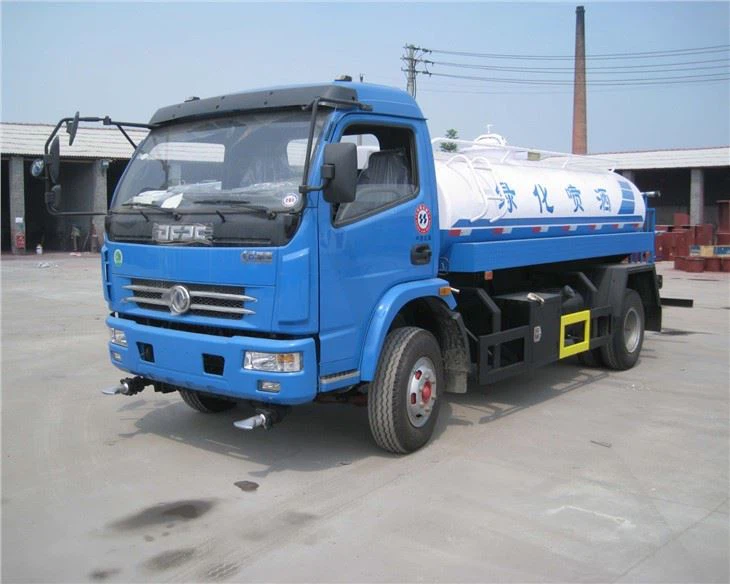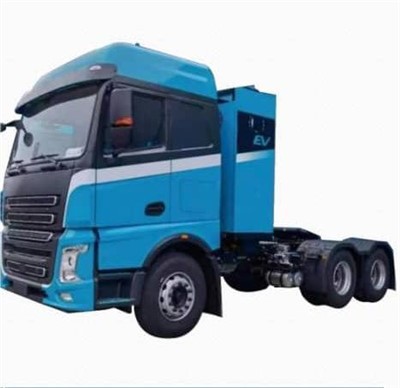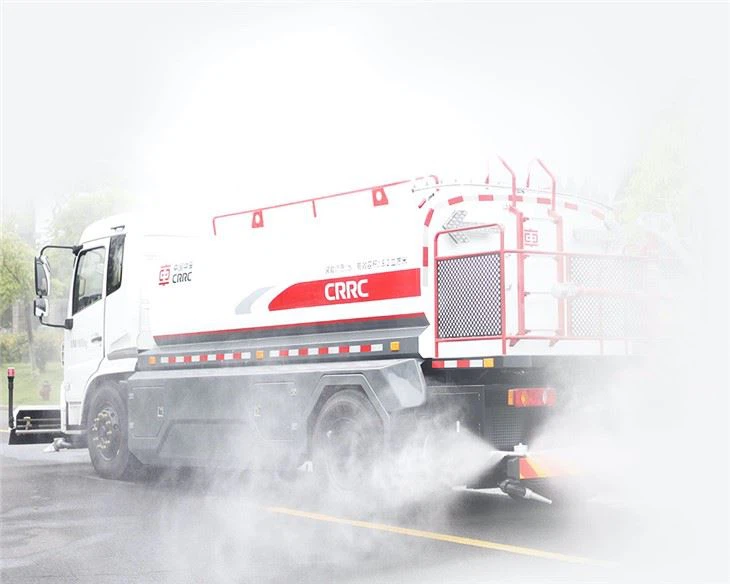Ultimate Guide to Compactor Boxes: Definition, Uses, and Tips for Effective Use

Introduction
A compactor box is an essential tool in waste management, providing efficient solutions for reducing the volume of waste materials. This article delves into the functionalities, types, and importance of compactor boxes in various industries, including commercial, industrial, and residential sectors. By understanding the workings and features of compactor boxes, users can make informed decisions that enhance waste disposal effectiveness while optimizing space and costs.
What is a Compactor Box?
A compactor box, also known as a waste compactor, is a device designed to compress waste materials into a smaller footprint. This process is essential for maximizing storage capacity, minimizing the frequency of waste collection, and reducing overall disposal costs. Compactor boxes come in various sizes and types, each suitable for different applications and types of waste.
Types of Compactor Boxes
1. Stationary Compactors
Stationary compactors are fixed units often positioned outside a building or facility. They are typically used for high-volume waste generation and require a truck to transport the compressed waste for disposal.
2. Self-Contained Compactors
Self-contained compactors are all-in-one units that combine a compaction chamber with a removable container. They are ideal for wet waste applications, preventing leakage and odors.
3. Breakroom Compactors
These compactors are smaller and designed specifically for indoor use, often found in office breakrooms. They handle recyclable materials such as cardboard and plastic, promoting recycling efforts.
4. Auger Compactors
Utilized mainly for dense materials, auger compactors use an auger to transport the material to the compaction chamber, ensuring a thorough and efficient process.
Benefits of Using a Compactor Box
Employing a compactor box offers several significant advantages:
1. Space Savings
By reducing the volume of waste, a compactor box frees up valuable space in waste storage areas, which is particularly beneficial in urban settings or small businesses.
2. Cost Efficiency
Compacting waste lowers disposal costs by minimizing the frequency of collection services needed. This can result in significant savings over time.
3. Environmental Benefits
Reducing the volume of waste helps decrease the amount of material sent to landfills, promoting more sustainable waste management practices.
How a Compactor Box Works
The operation of a compactor box involves a straightforward process:
1. Loading the Waste
Users load waste materials into the compactor box, whether through a loading door or an open top, depending on the type of compactor.
2. Compaction Process
Once the box is filled, the compactor’s mechanism compresses the waste using hydraulic or mechanical force. This process can take anywhere from a few seconds to several minutes.
3. Disposal
Once compacted, the waste is either stored in the container for collection or, in the case of self-contained compactors, transported to a landfill or recycling facility by the service provider.
Choosing the Right Compactor Box
Selecting the ideal compactor box involves considering several critical factors:
1. Waste Type
Evaluate the type of waste your facility generates. Different compactors are designed for different materials, such as dry vs. wet waste or recyclable vs. non-recyclable.
2. Volume of Waste
Assess how much waste you generate on a weekly or monthly basis to choose a compactor with an appropriate capacity.
3. Space Availability
The physical space available for a compactor box will influence your choice. Measure the area to ensure you select a model that fits comfortably.

4. Frequency of Collection
Your waste disposal contract may dictate how often waste can be collected. This will affect the compaction efficiency you require.
Maintenance Tips for Compactor Boxes
Regular maintenance is essential to keep your compactor box in optimal working condition. Here are some practical maintenance tips:
1. Regular Inspection
Inspect the compactor for wear and damage. Check hydraulic hoses, seals, and electrical connections regularly to ensure they work correctly.
2. Clean the Compactor Box
Keep the exterior and interior clean to prevent odors and maintain hygiene. Use appropriate cleaning agents and avoid harsh chemicals that can damage the equipment.
3. Lubricate Moving Parts
Lubricate components such as hinges and hydraulic systems to ensure smooth operation and prevent wear and tear.
4. Follow Manufacturer Guidelines
Always refer to the manufacturer’s maintenance manual for specific maintenance practices tailored to your compactor model.

Practical Examples of Compactor Box Uses
Compactor boxes are utilized in various contexts and facilities. Here are some examples:
1. Retail Stores
Many retail stores use compactors to manage cardboard and plastic waste from packaging, helping minimize clutter in backroom areas.
2. Restaurants and Food Service
Restaurants often generate a significant amount of wet waste, making self-contained compactors ideal for reducing odors and preventing pests.
3. Manufacturing Facilities
Industrial settings can utilize heavy-duty compactors for scrap materials, ensuring efficient and safe disposal of waste products.
Compactor Box Safety Guidelines
Operators and maintenance personnel should adhere to safety guidelines to prevent accidents and injuries. Here are key safety practices:
1. Training
Provide comprehensive training for all staff who will operate or maintain the compactor box, ensuring they understand the equipment’s workings and safety protocols.
2. Use Personal Protective Equipment (PPE)
Always wear appropriate PPE, such as gloves, steel-toed boots, and eye protection, when operating or servicing the compactor.
3. Avoid Overloading
Do not overload the compactor, as this can lead to malfunctions or damage. Always follow the manufacturer’s recommended load limits.
4. Emergency Procedures
Establish emergency procedures and ensure all employees are familiar with them, including what to do in the event of a malfunction or an injury.
Frequently Asked Questions (FAQs)
1. How much waste can a compactor box hold?

The capacity of a compactor box can vary widely based on its model and type. Smaller breakroom compactors might hold as little as a few cubic yards, while larger stationary compactors can manage up to 20 cubic yards or more.
2. Are compactor boxes environmentally friendly?
Yes, compactor boxes can be environmentally friendly by reducing the volume of waste sent to landfills, promoting recycling efforts, and lessening carbon emissions associated with waste collection.
3. How often do compactor boxes need to be emptied?
The frequency of emptying depends on the waste volume generated by the facility and the size of the compactor box. Some compactors may need to be emptied daily, while others may only require weekly or biweekly service.
4. Can I use a compactor box for hazardous waste?
Typically, compactor boxes are not designed for hazardous waste. Check local regulations and guidelines for handling and disposing of hazardous materials, as they often require specialized containers and disposal methods.
5. How do I know if a compactor box is right for my business?
Consider factors such as the volume and type of waste generated, available space, and your waste management budget. Consulting with waste disposal professionals can help you determine the most suitable option.
6. What are the common issues with compactor boxes?
Common issues include equipment jams, hydraulic failures, and wear and tear on moving parts. Regular maintenance and inspections can help mitigate these problems.
